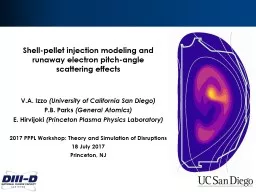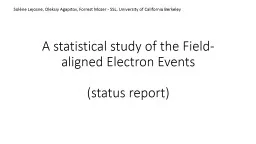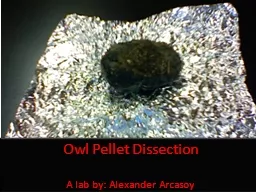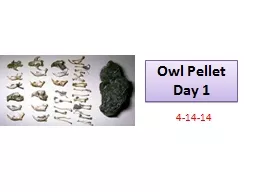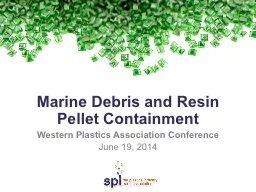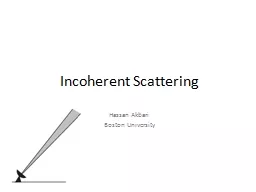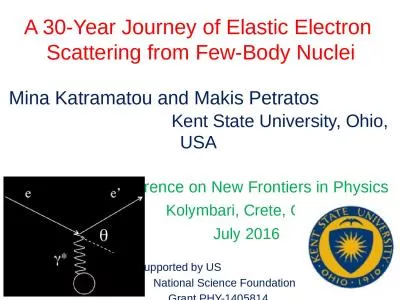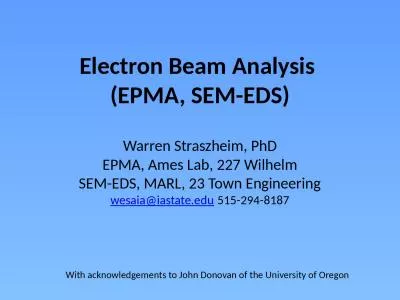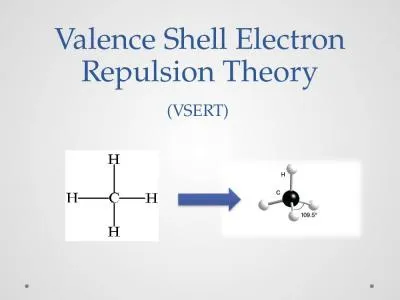PPT-Shell-pellet injection modeling and runaway electron pitch-angle scattering effects
Author : sherrill-nordquist | Published Date : 2019-02-06
VA Izzo University of California San Diego PB Parks General Atomics E Hirvijoki Princeton Plasma Physics Laboratory 2017 PPPL Workshop Theory and Simulation
Presentation Embed Code
Download Presentation
Download Presentation The PPT/PDF document "Shell-pellet injection modeling and runa..." is the property of its rightful owner. Permission is granted to download and print the materials on this website for personal, non-commercial use only, and to display it on your personal computer provided you do not modify the materials and that you retain all copyright notices contained in the materials. By downloading content from our website, you accept the terms of this agreement.
Shell-pellet injection modeling and runaway electron pitch-angle scattering effects: Transcript
Download Rules Of Document
"Shell-pellet injection modeling and runaway electron pitch-angle scattering effects"The content belongs to its owner. You may download and print it for personal use, without modification, and keep all copyright notices. By downloading, you agree to these terms.
Related Documents

